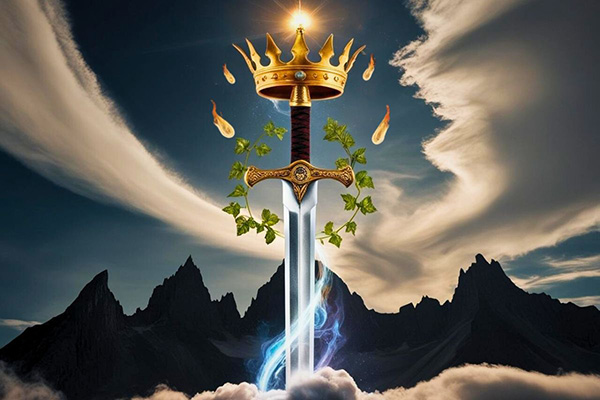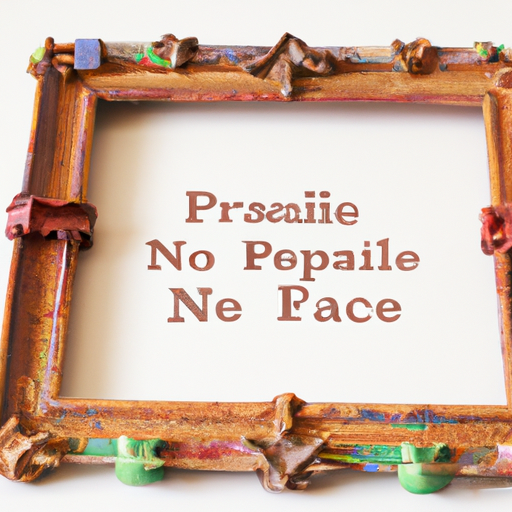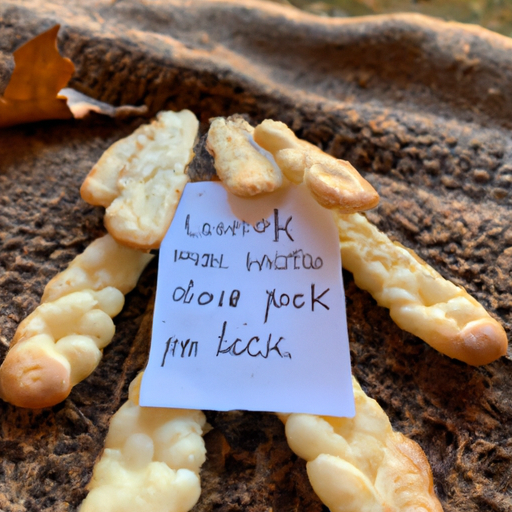 Is it truly feasible to bring your life partner, your soul mate, your significant other into existence? Absolutely, yes, provided you approach it correctly. However, there is also an incorrect approach.
Is it truly feasible to bring your life partner, your soul mate, your significant other into existence? Absolutely, yes, provided you approach it correctly. However, there is also an incorrect approach.
Attracting love isn’t about pursuing anyone or incessantly scrolling through dating applications — it’s about aligning with the type of relationship your heart yearns for. It’s about transforming into a magnet for the suitable person, rather than just anyone.
Whether you seek a soul mate, a life partner, a spouse, or merely a deeply satisfying connection, the enchantment begins within you.
Many individuals become disheartened when love eludes them. They assume it indicates something is amiss with them, or that love simply isn’t meant for them. However, often it doesn’t revolve around luck or timing — it hinges on energy, belief, and intention. For instance, if you’re clinging to past heartbreaks, doubts, or fears, you might be inadvertently obstructing the very thing you wish to attract.
The good news? You can alter that. You can elevate your vibration. You can remove the old energy and create space for someone new — someone who appreciates you, values you, and genuinely desires to walk beside you. Attracting love isn’t solely about beseeching God, Source, or the Universe for someone—it’s about proclaiming what you deserve and aligning your actions and beliefs with that inner truth.
Through the years, I have assisted numerous clients in my psychic readings on their quest to find love. Therefore, if you’re prepared to embrace love — not just any love but the right kind — these forthcoming steps will steer you toward successfully inviting in your beloved.
Grab a journal, light a candle, and open your heart. Let’s explore what works, what doesn’t, and how to genuinely make love transpire in your life — not someday, but right now.
When you possess clarity and commit to manifesting your heart’s desire, you will be drawn to those who energize you on every level…and they will be drawn to you ~ Annette Vaillancourt
Step 1: Believe It’s Possible
This might seem straightforward, but it’s where everything begins. If you don’t believe that a loving, joyful, compatible relationship is attainable for you, it becomes exceedingly challenging to manifest one. Doubt acts like a dead stop to your energy — no matter how hard you push forward.
Thus, the first crucial step is to affirm to yourself: “I deserve joyful, healthy love, and the perfect partner is on the horizon.”
Even if you don’t entirely feel it yet — say it anyway. Repeat it. Cultivate it. Mock it until it becomes real.
Step 2: Get Total Clarity
The Universe cherishes clarity. Your guides can provide direction, but only you can genuinely choose what you want or where you wish to head.
When you establish intentions, the Universe reacts accordingly. Clear and specific intentions undoubtedly function much better than vague, ambiguous ones.
Consider placing an order at a restaurant — you wouldn’t merely say, “Bring me food,” you’d specify precisely which dish you desire. Likewise, when manifesting, clarity aids in channeling your energy and focus directly toward what you want, avoiding sending out ambiguous or uncertain signals.
When your intentions are precisely articulated, you program your mind and your external environment to work in harmony.
Try this goal-setting exercise:
✵ Note down five things you seek in a partner.
✵ Then jot down five elements you wish for in the relationship itself.
✵ Finally, list five essentials — non-negotiables that uphold your emotional, spiritual, and mental well-being.
You are bestowed with the gift of creativity; you shape your reality according to your beliefs; yours is the creative force that forms your world; there are no restrictions to the self except those you accept ~ Seth
Step 3: Keep A Love Journal
There is something genuinely enchanting about writing. Putting pen to paper transforms nebulous aspirations into defined intentions — it’s a means of rooting your desires in the physical world. Maintaining a love journal is a potent and personal tool for manifesting the relationship you genuinely yearn for.
When you take the time to jot down your dreams, your ideal partner’s attributes, your emotional necessities, and even your worries, you’re not simply daydreaming — you’re asserting to the universe: “I’m ready for love.”
Your love journal can encompass anything that dwells in your heart. You may write letters to your future partner, outline the kind of life you wish to build together, or record the affirmations you need to hear. You can also document synchronicities, dreams, and signs that manifest as you progress through this journey of manifestation.
Keep your journal in a designated spot — your nightstand, your altar, or somewhere visible. Visit it frequently to renew your intentions and energize the passion. The more love, creativity, and sincerity you invest in these pages, the more alluring your energy field becomes. It’s not simply a journal — it’s a sacred space where your future relationship begins to form.
Step 4: Create A Manifestation Routine
Manifesting isn’t merely wishful thinking — it’s a consistent practice. It’s a deliberate, intentional endeavor to align your energy with what you aim to draw in. It concerns co-creating with the universe, your spirit guides, and your own higher self to introduce love into your life in meaningful and real ways.
Commence by allocating time for this practice. Choose a tranquil moment — mornings, evenings, or any time you feel most connected. Light a candle to signify the spark of love you’re invoking. Candles are vital tools that transfer intention into the energetic domain. Opt for colors associated with love, such as pink for self-love and romance or red for desire and attraction.
Then, pray or vocalize your desires aloud. Use the intentions noted in your journal. Be specific. Articulate what you want, what you’re willing to accept, and what you’re prepared to offer in return. The critical element is emotional involvement — truly experiencing what it would be like to be in this partnership.
This verbal articulation aids in grounding your intention and conveying it plainly to the universe and your spiritual allies. You might say something like, “I am open to receiving a loving, respectful, passionate partnership that supports my highest good.”
Engage in this practice weekly, or even daily if it resonates with you. Each time you revisit your intention, you amplify the message you’re projecting. The greater the energy, clarity, and love you invest in your practice, the more potent and magnetic it evolves to be.
To live your most extraordinary life, you must first lead yourself. Take control of your life, start attracting and manifesting all that you desire ~ Sonia Ricott
Step 5: Keep Up The Good Work
Consistency is paramount. Do you wish for love to enter your life? Then you need to keep dedicating energy to yourself. Continue your efforts — journaling, manifesting, meditating, clearing your energy, staying receptive. Even if nothing transpires immediately, understand that shifts are occurring. Each time you create space for love, you draw closer to it.
Step 6: Avoid The Common Pitfalls
Now, let’s address the incorrect approaches and typical errors that intentional manifestors make — because it is equally significant. Here’s what obstructs love from appearing:
✵ Doubt
✵ Overthinking
✵ Fear of emotional pain
✵ Not believing you’re deserving of love
✵ Accepting less than you deserve
If you’re perpetually questioning whether it will succeed or undermining opportunities when they arise, you’re subconsciously transmitting mixed signals to the Universe. Your guides can open doors, but you must still walk through them.
Step 7: Break The Pattern
Let’s face it — how many times have you remained with someone who treated you poorly simply because you were scared of solitude? That isn’t love. That is merely settling.
You deserve to be treated with kindness, respect, and joy. Anything less is not worth your time or energy. The more you reject what isn’t suited for you, the swifter the right match will come.
✵ Always attracting the same kind of partner? It’s time to reflect inward.
✵ Which patterns do you continuously repeat?
✵ Are you always the donor and never the receiver?
✵ Are you drawn to those who are emotionally unavailable?
✵ Do you lose yourself in relationships?
Whatever the recurring theme may be, it can be broken — but first, you need to identify it. Begin by making small adjustments in your everyday decisions. Minor shifts in how you treat yourself will create a ripple effect in how others treat you.
Destiny is not a matter of chance. It is a matter of choice. It is not something to wait for; it is something to achieve ~ William Jennings Bryan
Step 8: Do The Inner Work
Love doesn’t solely originate from without — it commences with self-love. If you don’t perceive yourself as lovable, it’s challenging to allow anyone else in.
✵ Nurture your energy.
✵ Refuse to engage in people-pleasing.
✵ Embrace your personal growth, healing, and empowerment.
You don’t have to be completely healed to encounter someone, but the more you recognize your worth, the higher the likelihood of attracting someone who reflects that value.
Step 9: Ask For Help
You don’t need to navigate this alone. Your team of spiritual helpers — guides, angels, ancestors — are always present, waiting to offer support. Request their guidance towards love.
And on the human front, seek out a reliable psychic or energy worker when feeling stuck. Occasionally, a session can offer a fresh perspective and unveil a new route. We’re here to assist you, help you recognize patterns, and redirect you towards the light.
Love is not about pursuit or imposition. It’s about alignment. When you align with your truth, your joy, your value — you become magnetic. Your future partner isn’t lost; they’re making their way to you. Make it easier for them to discover you.
|
 About The Author: Venus About The Author: Venus
Venus resides in Arizona and has been assisting clients with her array of psychic abilities for over twenty years. She has been endowed with Clairvoyance, Clairaudience, Clairsentience, and Empathic gifts, and she is also a certified Life Coach and a Reiki practitioner. Departed loved ones frequently enter her readings, either voluntarily or spontaneously, to convey their messages. Insights also flow in through her direct communication with Spirit and Angels, delivering essential answers to clients for advancing toward happiness, rewards, and success in their lives. In addition to her roles as a psychic, life coach, and reiki practitioner, she has also spent the last ten years teaching and leading seminars to assist others in embracing their higher knowledge. For a compassionate psychic who can connect immediately and channel without the use of tools, you may want to schedule a reading with Venus at: PsychicAccess.com.
|
Manifesting your life partner is a potent endeavor that entails establishing intentions, envisioning your perfect relationship, and taking inspired action to draw the right individual into your life. Whether you’re in search of a romantic companion, a soul mate, or a lifelong partner, manifesting your ideal relationship can assist you in cultivating the love and connection you desire.
Here’s a detailed guide to manifesting your life partner:
1. Set Your Intentions: The initial step in attracting your life partner is to unambiguously define what you seek in a relationship. Reflect on the traits and characteristics you wish for in a partner, as well as the type of relationship you aspire to create. Jot your intentions down in a journal or on a piece of paper to clarify your vision.
2. Visualize Your Ideal Relationship: After establishing your intentions, dedicate some time each day to envision yourself in a loving and fulfilling relationship with your ideal partner. Utilize your imagination to create a vivid image of what your life together may resemble, including how you would feel, communicate, and support one another. Visualizing your ideal relationship can help align your thoughts and emotions with your longings, simplifying the process of attracting your life partner.
3. Practice Gratitude: Gratitude is a powerful instrument for manifesting your desires, including your ideal relationship. Dedicate time each day to express appreciation for the love and connection you already possess in your life, along with the love that is destined for you. By concentrating on your gratitudes, you elevate your vibration and draw in more positive experiences into your reality.
4. Take Inspired Action: While attracting your life partner involves setting intentions and visualizing your dreams, it also necessitates taking inspired action to realize your vision. This may mean stepping outside your comfort zone, meeting new individuals, and being open to fresh opportunities for love and connection. Trust that the universe will lead you to your ideal partner, and be ready to take the necessary steps to manifest the relationship you wish for.
5. Trust the Process: Attracting your life partner is a journey that requires patience, trust, and faith in the universe. Believe that the right person will enter your life at just the right moment, and be receptive to experiencing love and connection in unforeseen ways. Maintain a positive outlook, focus on your intentions, and trust in your worthiness to be in a loving and fulfilling relationship.
In summary, manifesting your life partner is a powerful process that can help you draw in the love and connection you desire. By setting intentions, visualizing your ideal relationship, practicing gratitude, taking inspired action, and trusting the journey, you can create the loving and fulfilling partnership you deserve. Remember to keep a positive mindset, remain focused on your desires, and believe that the universe will deliver the perfect partner just when you need them. Continue reading →















